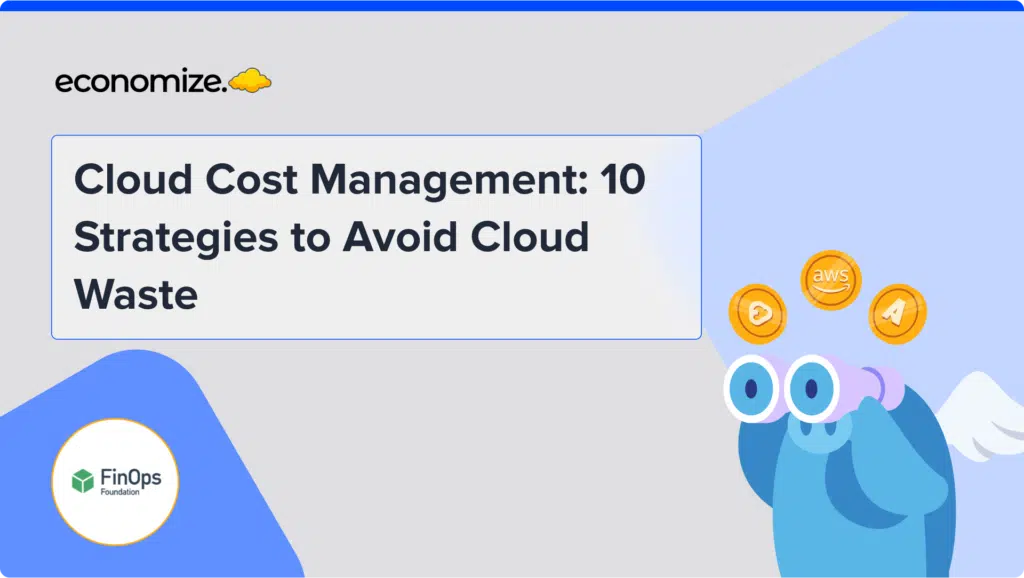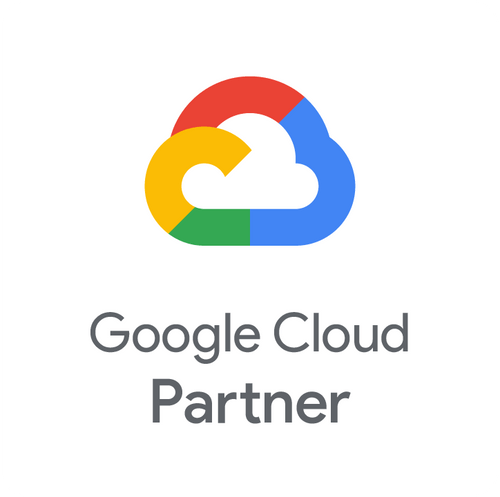The new BigQuery FOCUS view is an effort from GCP to simplify the cloud billing efforts taken by Organizations using a multi-cloud environment. Being a core contributor to the FinOps FOCUS Project, GCP has taken a significant step towards standardizing cloud cost management.
The FOCUS BigQuery View facilitates the comparison of your Google Cloud Costs with the open standards and metrics of the FinOps-FOCUS framework. Combining the principles of FinOps and the capabilities of BigQuery, Google has created a powerful that can analyze and improve your organization’s cloud expenses.
What is FinOps FOCUS
FinOps Open Cost and Usage Specification (FOCUS) is a technical project sponsored by the FinOps Foundation. The project aims to set up an open specification and a standardized way to collect Cloud billing data. Checkout our GCP pricing calculator to estimate your cloud cost.

The Key features of FinOps FOCUS are :
- Transparency: It provides a structured framework for financial operations by using a generic set of instructions and a unified schema.
- Cost Optimization: The framework provides data-driven insights into the cloud spending pattern across various cloud platforms. This data can be analyzed to find cost anomalies and areas of improvement.
- Collaboration: The unified schema provides a common definition for the financial metrics. These common definitions ensure that all stakeholders including cloud providers, SaaS providers, and others communicate effectively
- Adaptability: FOCUS is a living framework that supports continuous improvement through community contributions from FinOps practitioners, SaaS providers, Cloud Service Providers, and other member organizations.
The need for a common standard for Cloud Billing
The lack of a standardized method to normalize key cloud cost and usage measures across various Cloud Service Providers (CSPs), Software as a Service (SaaS) products, and other billing data sources challenges the stakeholders in decision-making and quantifying the business value of the cloud. It also complicates the work of FinOps practitioners striving to implement common FinOps capabilities.
To overcome these challenges, FOCUS has defined a specification that enables service providers to present cost and usage data in a common schema, using FinOps-compatible terminologies.
The New FOCUS BigQuery View
A BigQuery view is a virtual table defined by an SQL query. Since it is a virtual table the data is not stored physically and incurs no additional charges for data storage. When you execute a query, it dynamically retrieves and displays the data based on the underlying query. You can save this query as a reusable object.
The BigQuery view based on FinOps FOCUS enables you to export the cloud billing data to BigQuery in a format that aligns with the metrics and dimensions of FOCUS v1.0 Preview. Google Cloud, AWS, and Microsoft are among the major contributors to v1.0 cloud billing specifications.
The new FOCUS Bigquery view can be generated from a base SQL query that maps Google Cloud data into the display names, formats, and behaviors of the attributes defined in the FOCUS preview. Thus it helps in mapping cloud billing data from various cloud providers with the pre-defined metrics of the FOCUS framework.
How to use Focus BigQuery View
Focus BigQuery view is a virtual table on top of the existing cloud billing data. The base SQL query maps this data into the FCOUS schema format which makes it easier to compare the cost across different cloud service providers.
To use this feature you must have Detailed Billing Export and Price Exports enabled. Follow the Google Cloud instructions to create the FOCUS BigQuery view based on your dataset. Once the view is created you can query data using FOCUS schema and tools.
Benefits of integrating FOCUS into BigQuery
By utilizing the FOCUS Bigquery view feature you can gain better financial control over your cloud environment. For a better understanding of your BigQuery charges, check out our BigQuery Pricing Calculator
The key benefits of integrating FOCUS into BigQuery are :
- Simplified Cost Analysis: The standardized schema simplifies querying and analysis by providing a consistent structure to your cost data. This facilitates easy querying and analysis of data.
- Continuous Improvement: FOCUS is an open-source project based on strong community contributions. Its preview status provides opportunities for continuous user feedback and iterative development.
- FinOps Maturity: Integrating FOCUS into the workflow promotes better cost governance and aids in creating better cost optimization strategies. You can integrate tools and scripts designed for FOCUS schema to automate routine tasks.
- Reduced technical Burden: Creating and maintaining the FOCUS BigQuery view requires minimal technical knowledge compared to creating custom cost analysis tools.
Conclusion
The FinOps FOCUS BigQuery view is a glimpse into the future of cloud cost management. It offers a comprehensive preview of how cloud spending can be analyzed and optimized. By utilizing its standardized structure and collaborative benefits, you can gain a deeper understanding of your data and improve decision-making. As it evolves and matures, it will greatly benefit organizations looking to maximize their cloud investments.








